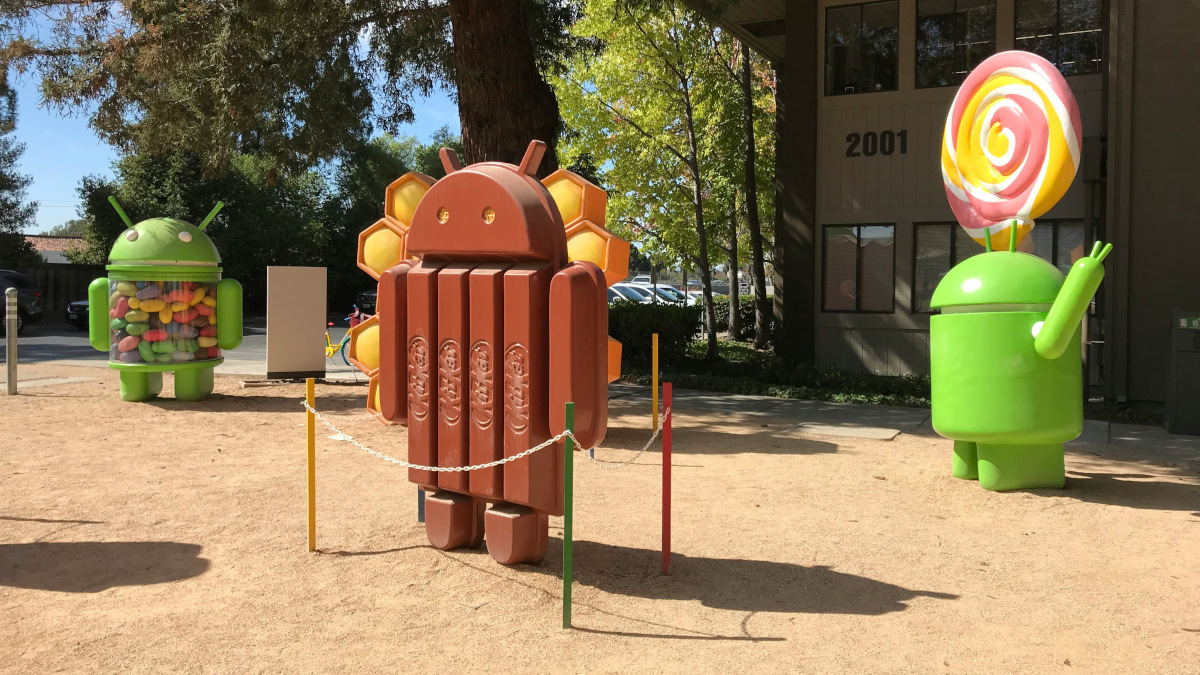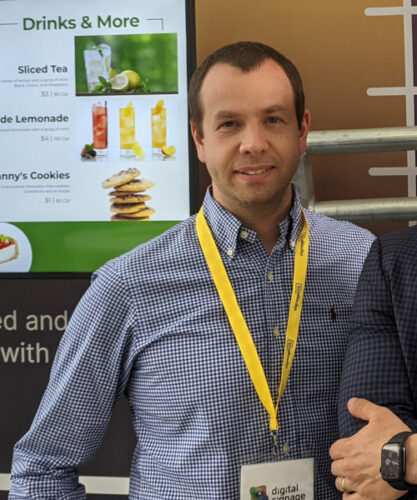Google recently announced plans to bring Android and ChromeOS closer together, aiming to streamline AI development. But this move could also help the digital signage industry shift away from outdated Android systems. We asked industry experts to weigh in on the implications.

ChromeOS-Android Integration: Keep Calm, Code On
ChromeOS and Android are two separate ecosystems, the most obvious difference being that ChromeOS only ever has one version, while for Android, there are several different versions coexisting.
Now, Google plans to integrate parts of the Android tech stack into ChromeOS. We were curious what this strategy meant for digital signage. While Google has not yet provided further details, we asked a few industry experts to give us some context.
So far, the consensus is that what sounds revolutionary is rather practical and efficient.
Mike Finckh, CEO of Concept International, draws the conclusion that adopting Android components, particularly those related to AI, would help Google reduce development efforts for ChromeOS. “If I transfer the APIs from Android to ChromeOS, I have simply achieved support for AI apps more quickly”, Finckh says. “For example, voice recognition, which has been working perfectly on cell phones for a long time, will then work with emails on ChromeOS. Additionally, AI functions, such as apps for intelligent and generative image and video editing, will be available quickly on ChromeOS.”

Leveraging Android Apps on ChromeOS
This is where Lukas Danek, Head of Product at DS software specialist SignageOS, sees a real benefit for digital signage: “In the short term, this integration may cause some confusion. However, for digital signage, it presents an opportunity to deploy Android apps on x86 CPUs, i.e. normal PCs, helping the industry move away from outdated Windows machines.” According to Finckh, this fits into Google’s overall strategy: positioning ChromeOS as a cost-effective and secure alternative to Windows 11.

Instead of being a disruptive moment for digital signage, however, Danek sees Google’s strategy more as gradual transitioning. “Based on our experience with various Android flavors and their APIs, it’s unlikely that a fully featured Android application can be easily reused on ChromeOS in the near future”, Danek says.
Peter Critchley shares a similar perspective. The CEO of Trison UK, who is a long-time ChromeOS partner, states, “I think the announcement, which specifically talks about embedding the Android kernel into ChromeOS, is aimed at making it easier, and more efficient, for Google to deliver AI functions into ChromeOS, which have historically always made it to Android first. This is about streamlining the dev teams as much as possible, and makes sense.”

Critchley continues, “There was also a test Google did recently, showing how ChromeOS could run, via a special version of Chromium, on an Android device. This all points to a better, more secure, and more broadly capable ecosystem – if the alignment of ChromeOS with Android becomes a thing, it could make many more devices more secure, more capable, and more manageable, which would only be a good thing from a digital signage perspective.”
Challenges and Opportunities for ISVs
As to how this transition would influence digital signage software development, Critchley says: “As the whole ecosystem is moving towards Progressive Web Apps (PWAs), it will certainly make it easier for ISVs to develop solutions.”
Danek adds that digital signage software developers will need to observe over the next year or two how the Android-based ChromeOS system evolves and performs. In his opinion, the integration might initially make it more challenging for ISVs to develop solutions because delivering a complete Android framework will take Google considerable time. Meanwhile, he says, ISVs will need to navigate its limitations or continue using ChromeOS native PWAs.
